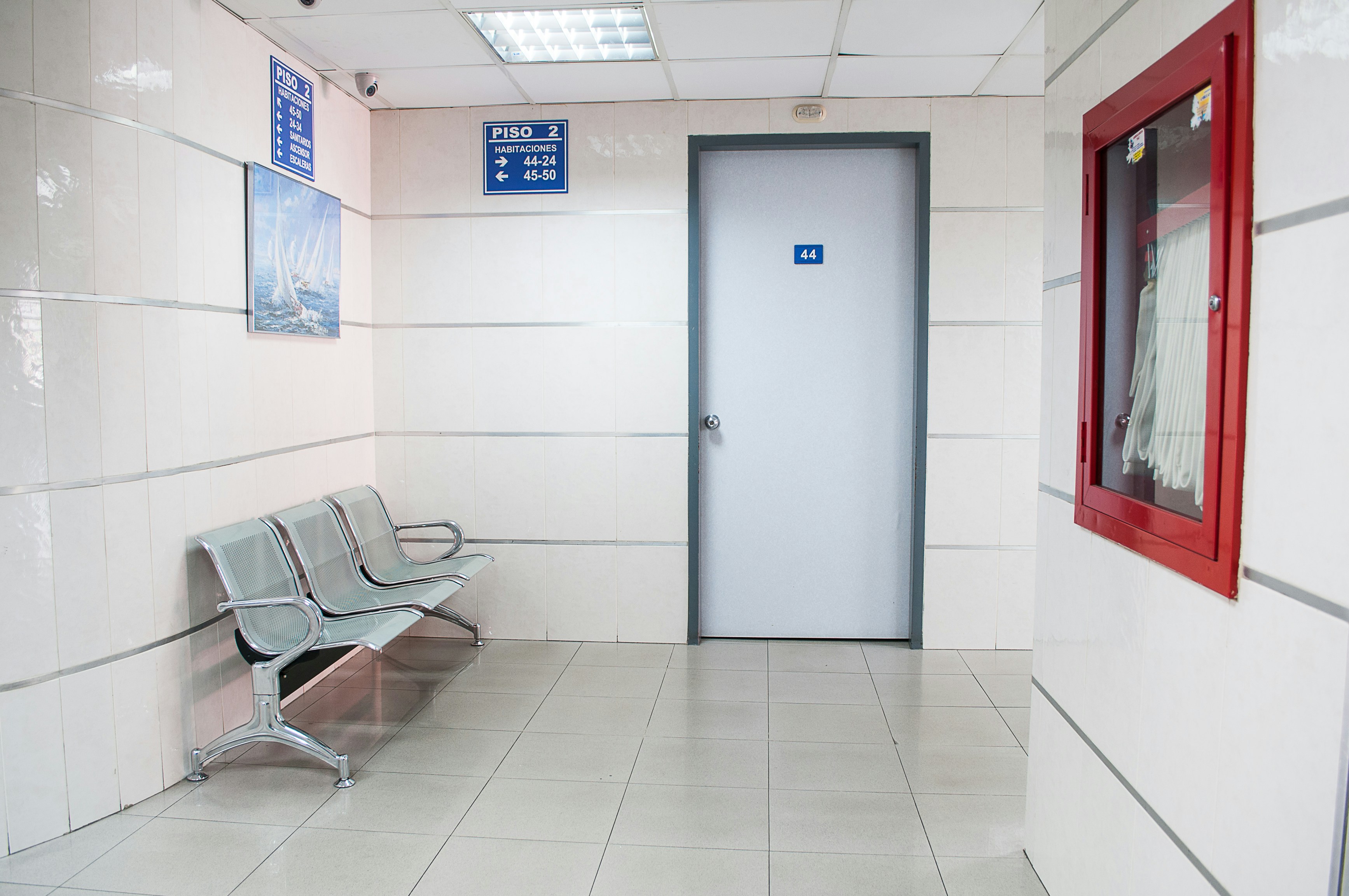Every Australian taxpayer contributes to the public health system, but some people may also need to pay the Medical Levy Surcharge. Whether you pay this or not depends on your annual income and some other factors. It’s a good idea to stay informed as to whether it applies to you and how you can avoid paying it to make sure you get the best healthcare for your money. Read on for some information about this charge and how to avoid paying it if you’d like to do so.
What is the Medical Levy Surcharge?

The Medical Levy Surcharge applies to anyone who doesn’t have private hospital insurance and fits the following criteria:
- Single and earning over $90,000 a year,
- Married and earning a combined income above $180,000 a year.
If this applies to you, then you will need to pay a higher surcharge on top of the Medical Levy that every Australian taxpayer pays. The surcharge is to encourage those with the financial means to switch to private health insurance and free up public health resources for the rest of the population.
If you know that you will be over the income bracket and liable to pay the Medical Levy Surcharge, then you need to know exactly how much you need to pay and also how to avoid it, if you choose. Often, there are alternative options that will work out as better value for you and your family than continuing to pay the extra surcharge.
How is the surcharge calculated?

Of course, if you know you need to pay the surcharge, the next step is working out how much that will work out as. There are several different income brackets that require different surcharge payments, so you need to know your exact annual income to know which bracket you will fit into.
The income tiers for individuals are:
- $90,000 – $105,000 – the surcharge is 1% of your income
- $105,001 – $140,000 – the surcharge is 1.25% of your income
- $140,001 and above – the surcharge is 1.5% of your income
The income tiers for families are:
- $180,000 – $210,000 – the surcharge is 1% of your combined income
- $210,001 – $280,000 – the surcharge is 1.25% of your combined income
- $280,001 and above – the surcharge is 1.5% of your combined income
These medical levy surcharge calculations will help you work out how much exactly you will need to pay and whether you want to find an alternative means of paying for health insurance, one where you won’t need to pay the extra surcharge.
How Can I Avoid the Surcharge?

If you already have an income that falls within these brackets, or think you might soon, you might be looking for ways to avoid the surcharge. With more and more businesses taking off and people looking to boost their income with fresh ideas for female entrepreneurs, more and more people might find themselves in this situation.
The solution is simple: buy private health insurance. Anyone with private health cover does not need to pay the Medical Levy Surcharge, and the cost of private health insurance often comes up cheaper than paying for public health cover with all the surcharges. The more you earn, the more sense it makes to take out private health cover.
Now that you have all the information you need, you’ll be able to make more informed choices about your health insurance costs and find the best solution to work for both you and your family’s health and finances. The surcharge is designed to take the weight off the public health system, not to punish high earners. Think of it like an extra service to help the society around you and make life easier for hard-working healthcare professionals.








